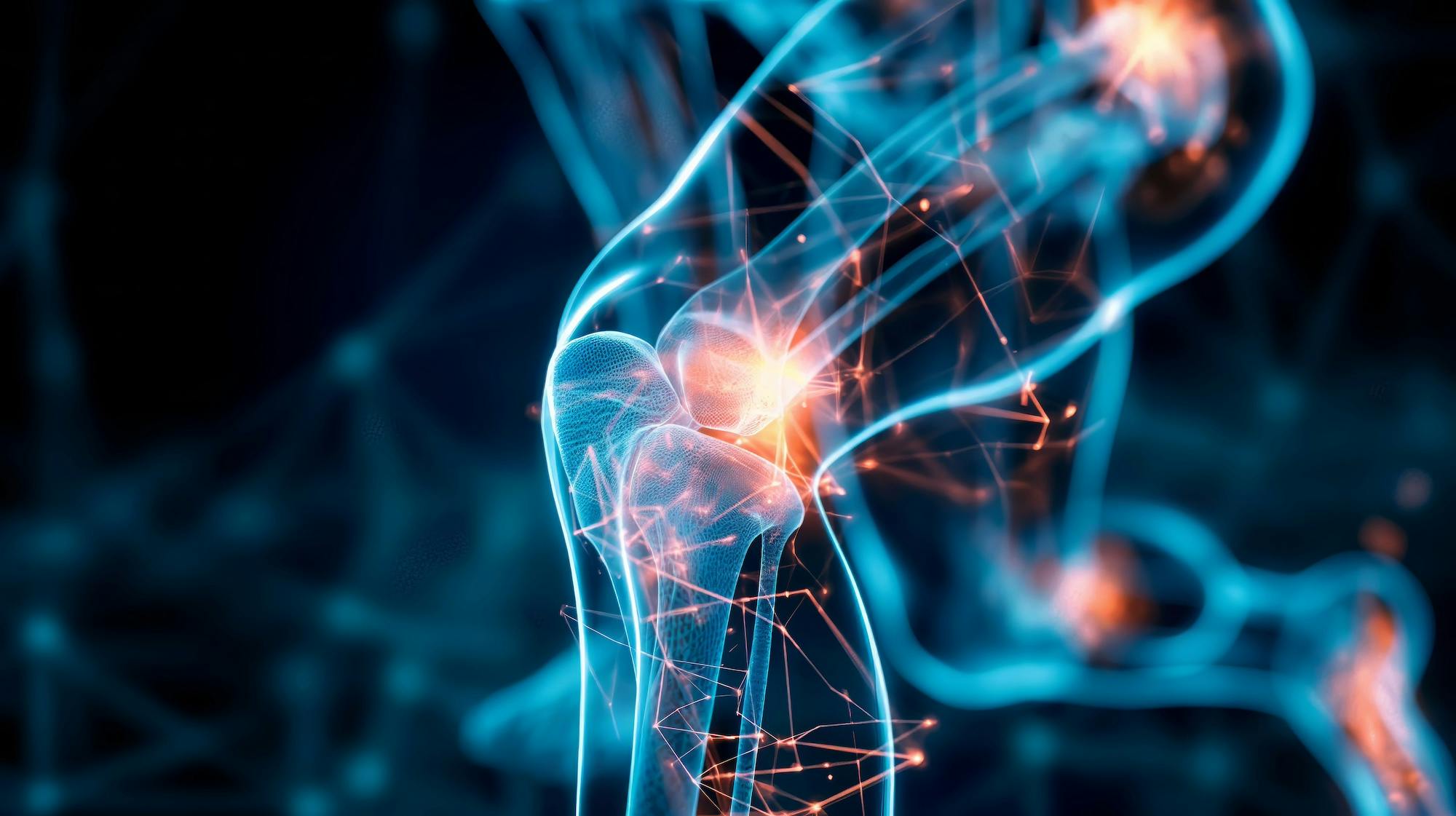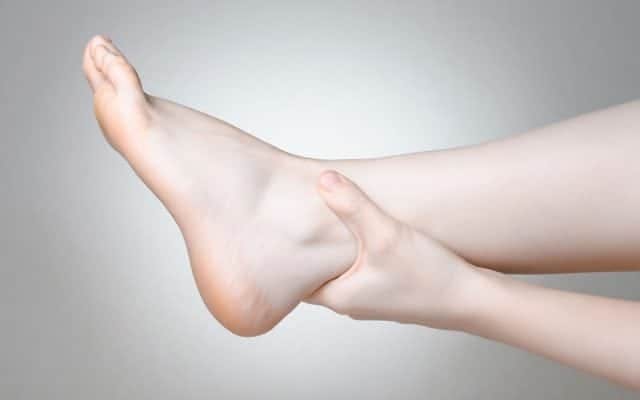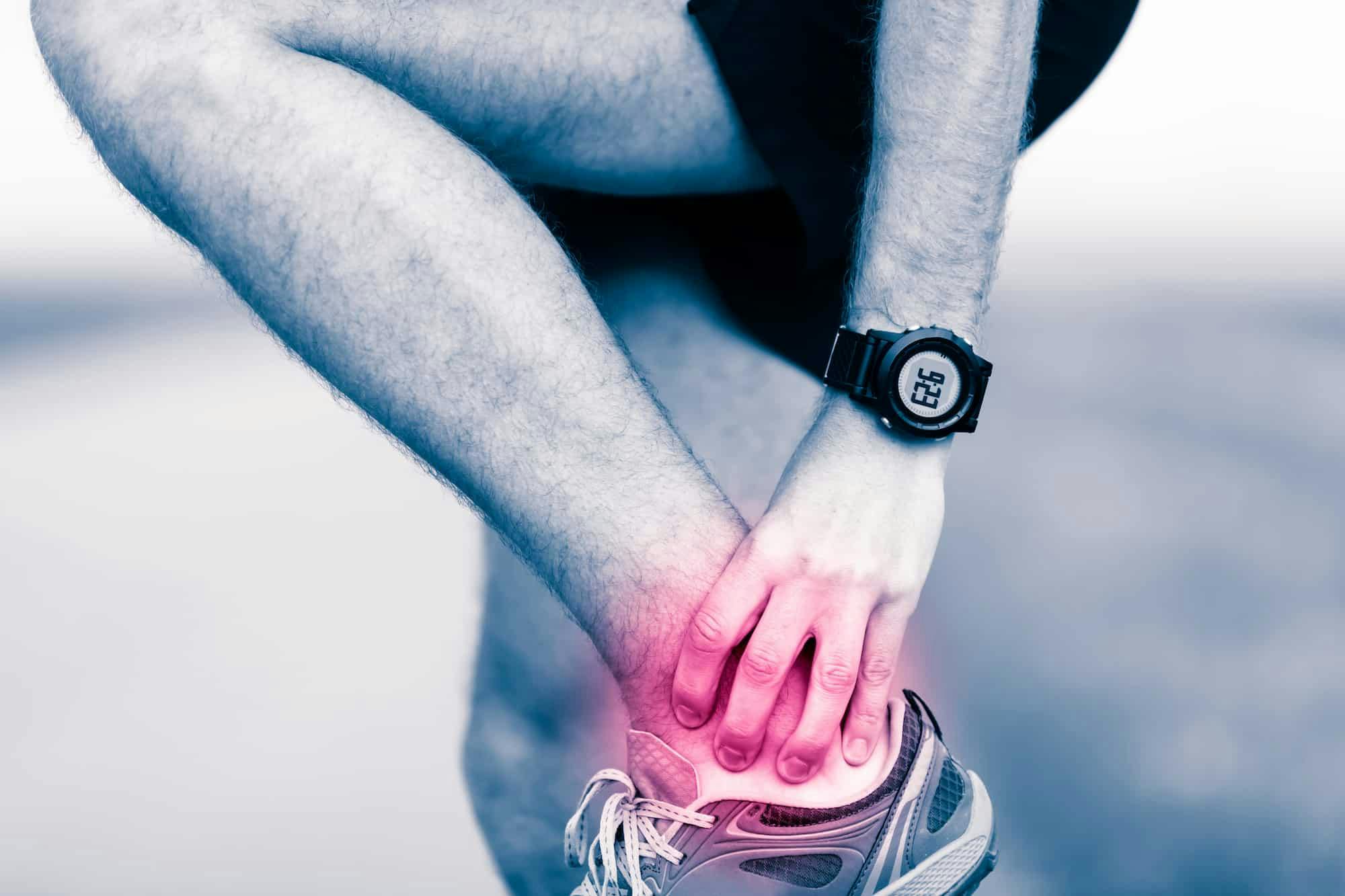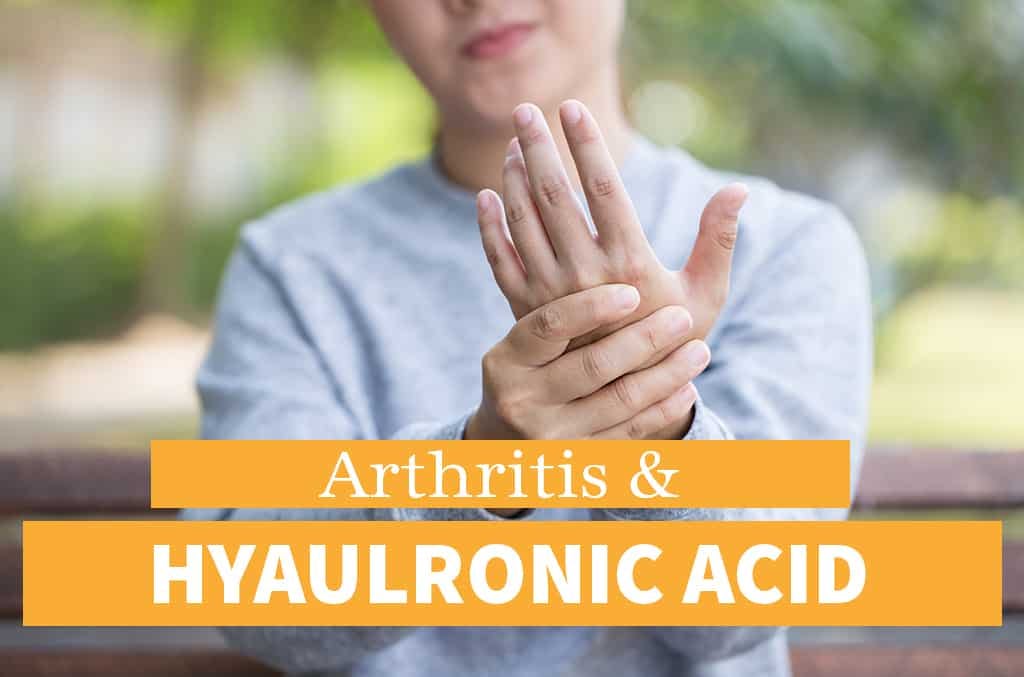Blog Posts for Ankle Arthritis
The North Florida Bone & Joint Specialists blog provides the latest information on orthopaedic conditions, injuries and procedures.

The North Florida Bone & Joint Specialists blog provides the latest information on orthopaedic conditions, injuries and procedures.

Chronic pain management continues to be a challenge for those looking for an effective non-opioid analgesia option. At North Florida Bone and Joint Specialists, Dr. Erik Nilssen and Dr. Josh Hackel provide patients with several alternatives, including Peripheral Nerve Stimulation (PNS). Performed under local anesthesia on an outpatient basis, PNS is an extremely safe procedure that is noted to be effective in most individuals selected for treatment. PNS involves two steps. During the initial testing phase, the electrode is connected to an external device. If the trial is successful with pain relief, then a small lead or wire is implanted into the patient’s body under the skin.

While stiffness and pain may increase with age, this can also be a classic sign of osteoarthritis. Swelling, pain, and deformity can keep you from normal daily activities if left untreated. Here is more information to help you identify symptoms and understand how it can affect your foot and ankle.

May is National Arthritis Awareness Month, and of the more than 100 forms of this painful condition, many can affect the ankle. In fact, almost half of people in their 60s and 70s have arthritis of the foot and/or ankle, but not all of them have symptoms.

Arthritis literally translates to “inflammation of the joint” and describes the degenerative process through which a joint space loses its “cushioning,” whether are the result of injury, illness or the natural process of aging. It is the leading cause of musculoskeletal pain and can be found in almost every part of the body, from the shoulder all the way down to the smallest joint of the toe. Our joints are intricate structures shaped from cartilage, bone, muscle and connective tissue, all of which can gradually weaken over time or be damaged by acute injury. While there are more than one hundred known types of arthritis, the three most common forms are osteoarthritis, which is by far the most prevalent; rheumatoid arthritis, which is caused by the body’s own immune system generating a chronic inflammatory response in the joints; and post-traumatic arthritis, which is caused by the lingering structural damage of acute injuries.